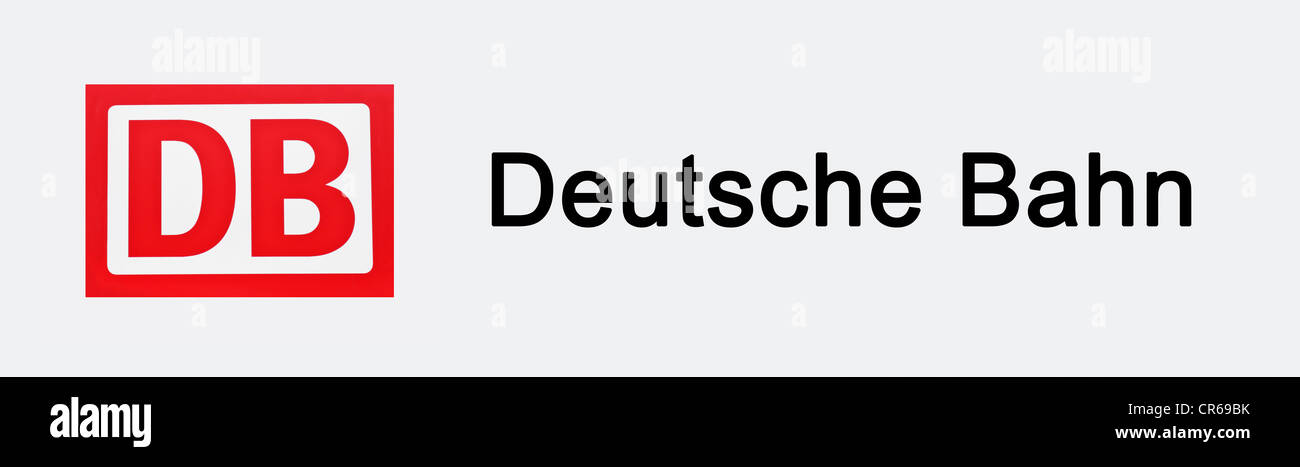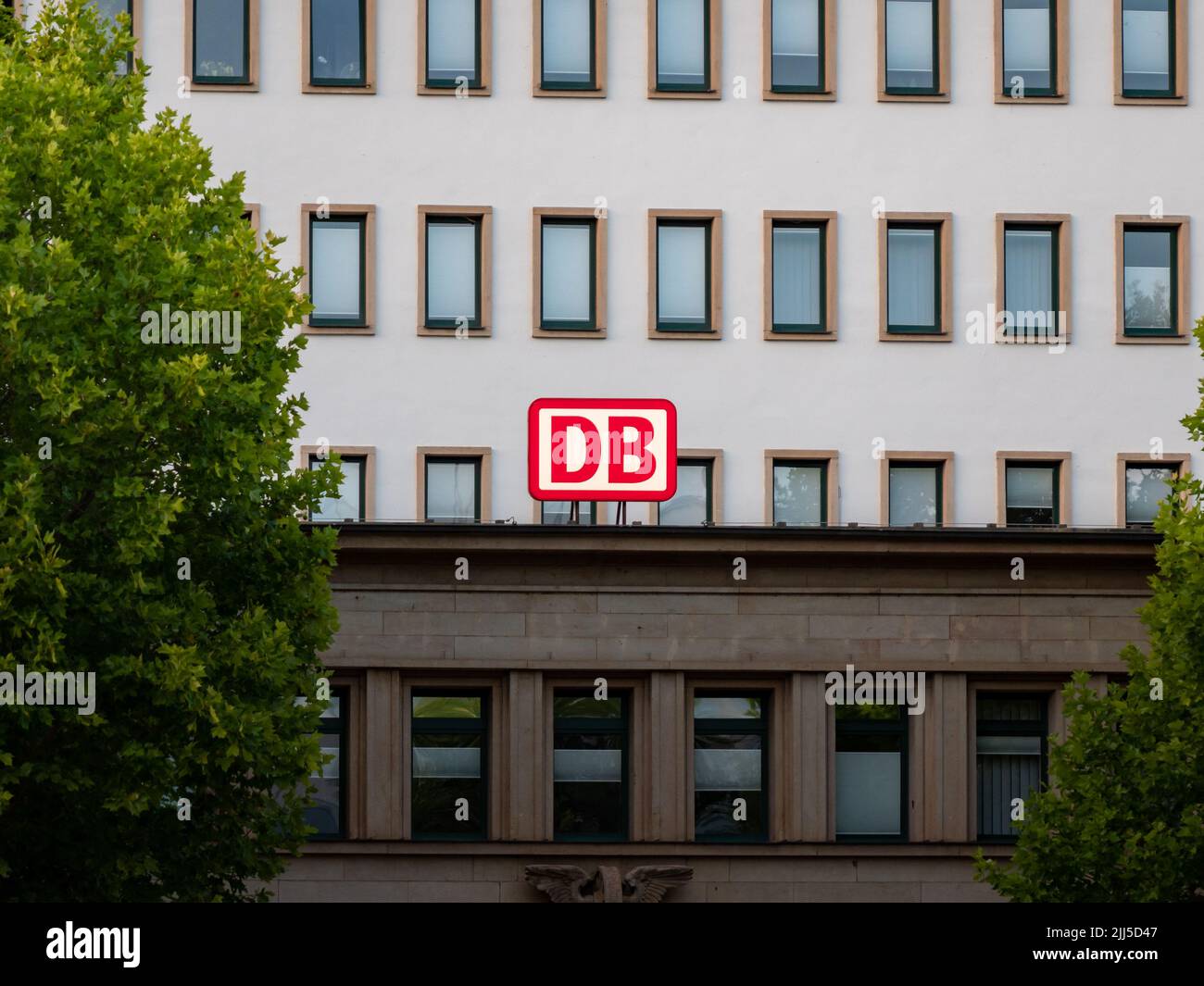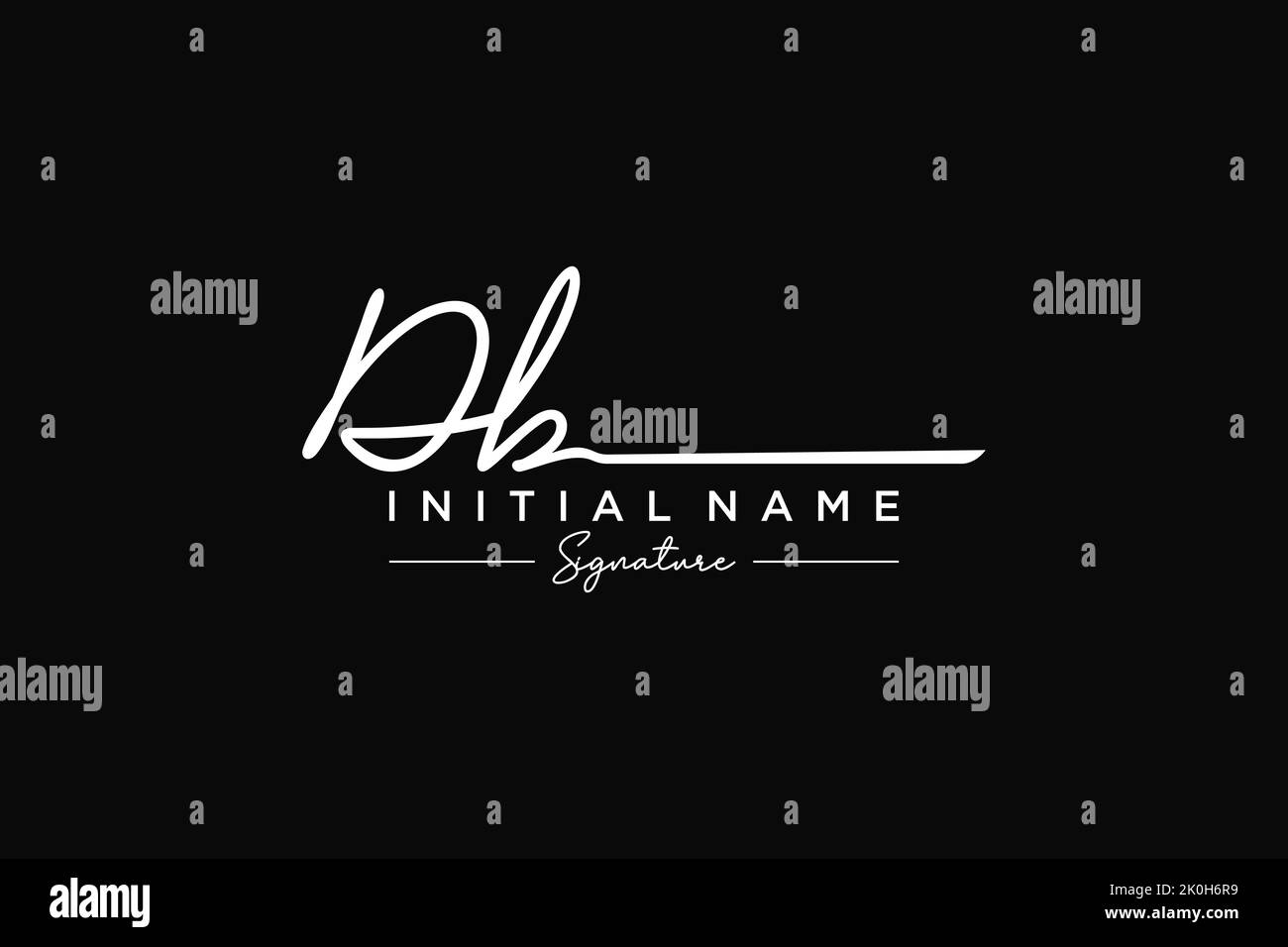DB ist die Abkürzung der Behistun-Inschrift von Dareios I. (D). Sie wurde in Bisotun (B) entdeckt. Die Inschrift liegt in altpersischer, elamischer und babylonischer (bzw. akkadischer im neubabylonischen Dialekt verfasster) Sprache vor. Der Begriff DB wird für die große Inschrift als auch für alle Inschriften inklusive der Beischriften verwendet.
Inhalt
Die große Inschrift DB
Ergänzungen
DBa
Die Beischrift DBa liegt in altpersischer und elamischer Sprache vor. Die babylonische Version fehlt. DBa wurde zusammen mit dem Relief erstellt und ist die älteste von allen Inschriften. Die vier Paragraphen sind inhaltlich bis auf kleine Abweichungen identisch mit den ersten vier Absätzen der großen Inschrift.
DBb
Die Beischrift DBb liegt in altpersischer, elamischer und babylonischer Sprache vor.
DBc
Die Beischrift DBc liegt in altpersischer, elamischer und babylonischer Sprache vor.
DBd
Die Beischrift DBd liegt in altpersischer, elamischer und babylonischer Sprache vor.
DBe
Die Beischrift DBe liegt in altpersischer, elamischer und babylonischer Sprache vor.
DBf
Die Beischrift DBf liegt in altpersischer, elamischer und babylonischer Sprache vor.
DBg
Die Beischrift DBg liegt in altpersischer, elamischer und babylonischer Sprache vor.
DBh
Die Beischrift DBh liegt in altpersischer, elamischer und babylonischer Sprache vor.
DBi
Die Beischrift DBi liegt in altpersischer, elamischer und babylonischer Sprache vor.
DBj
Die Beischrift DBj liegt in altpersischer, elamischer und babylonischer Sprache vor.
DBk
Die Beischrift DBk liegt in altpersischer und elamischer Sprache vor.
DBl
DBl liegt in elamischer Sprache vor. Es handelt sich um einen „Nachtrag“ zur elamischen Version der großen Inschrift und ist im Inhalt identisch mit §70 der altpersischen Sprachversion.
Literatur
- Henry Creswicke Rawlinson: The Persian Cuneiform Inscription at Behistun, decyphered and translated; with a memoir on Persian Cuneiform Inscriptions in general and on that of Behistun in particular. Royal Asiatic Society, London 1846. (Digitalisat)
- Henry Creswicke Rawlinson: The Persian Cuneiform Inscription at Behistun, Decyphered and Translated; With a Memoir (Continued) (=The Journal of the Royal Asiatic Society of Great Britain and Ireland. Band 11). London 1849. (Digitalisat)
- Henry Creswicke Rawlinson: Memoir on the Babylonian and Assyrian Inscriptions (=The Journal of the Royal Asiatic Society of Great Britain and Ireland. Band 14). London 1851. (JSTOR).
- Edwin Norris: Memoir on the Scythic [today called Elamite] Version of the Behistun Inscription. In: The Journal of the Royal Asiatic Society of Great Britain and Ireland. Band 15, 1855, S. 1–213 (JSTOR)
- Abraham Valentine Williams Jackson: The Great Behistun Rock and Some Results of a Reexamination of the Old Persian Inscriptions on It (=Journal of the American Oriental Society. Band 24). New Haven 1903, S. 77–95.
- Abraham Valentine Williams Jackson: Persia, Past and Present. New York 1906
- Leonard William King, Reginald Campbell Thompson: The sculptures and inscription of Darius the Great on the Rock of Behistun in Persia 1907. London 1907. (Digitalisat)
- Franz Heinrich Weißbach: Die Achämenideninschriften zweiter Art. Leipzig 1890. (Digitalisat)
- Franz Heinrich Weißbach: Die Keilinschriften der Achämeniden. Leipzig 1911, S. xi–xiv und 8–75 (Digitalisat).
- George G. Cameron: The Old Persian Text of the Bisitun Inscription. In: Journal of Cuneiform Studies Band 5, 1951, S. 47–54.
- Roland Grubb Kent: Old Persian. Grammar, Texts, Lexicon. 2. Revidierte Edition (= American Oriental Series. Band 33). American Oriental Society, New Haven 1953, S. 107–108, 116–135 (Digitalisat).
- W. C. Benedict, Elizabeth von Voigtlander: Darius' Bisitun Inscription, Babylonian Version, Lines 1-29 (=Journal of Cuneiform Studies. Band 10, No. 1). 1956, S. 1–10.
- George G. Cameron: The Elamite Version of the Bisitun Inscriptions. In: Journal of Cuneiform Studies Band 14, 1960, S. 59–68.
- François Vallat: Corpus des inscriptions royales en élamite achéménide. Dissertation Université la Sorbonne. Paris 1977, S. 81–138.
- Elizabeth N. von Voigtlander: The Bisitun inscription of Darius the Great, Babylonian version (= Corpus Inscriptionum Iranicarum. Band 2). London 1978, ISBN 0-85331-408-X.
- Jonas C. Greenfield, Bezalel Porten: The Bisitun Inscription of Darius the Great: Aramaic Version (=Corpus Inscriptionum Iranicarum. Band 5). London 1982. ISBN 978-0-85331-458-5.
- Rykle Borger, Walther Hinz: Die Behistun-Inschrift Darius’ des Großen. In: Otto Kaiser (Hrsg.): Rechts- und Wirtschaftsurkunden. Historisch-chronologische Texte (= Texte aus der Umwelt des Alten Testaments. Band I, Lieferung 4). Gütersloh 1984, S. 419–450 (Akkadisch in neubabylonischem Dialekt).
- Françoise Grillot-Susini, Clarisse Herrenschmidt, Florence Malbran-Labat: La version élamite de la trilingue de Behistun: Une nouvelle lecture (=Journal asiatique. Band 281). Paris 1993, S. 19–59.
- Bezalel Porten (Hrsg.): Textbook of Aramaic Documents from Ancient Egypt. Band 3. Eisenbrauns 1993, S. 59–71.
- Florence Malbran-Labat: La version akkadienne de l'inscription trilingue de Darius à Behistun. Rom 1994.
- Pierre Lecoq: Les inscriptions de la Perse achéménide. Paris 1997, S. 187–214. (elamit.net)
- Ursula Seidl: Ein Monument Darius' I. aus Babylon (=Zeitschrift für Assyriologie und Vorderasiatische Archäologie. Band 89). 1999, S. 101–114.
- Chul-Hyun Bae: Comparative Studies of King Darius's Bisitun Inscription. Dissertation Harvard University. Cambridge Massachusetts 2001.
- Amélie Kuhrt: The Persian Empire. A Corpus of Sources from the Achaemenid Empire. London/New York 2007, S. 141–158.
- Rüdiger Schmitt: Die altpersischen Inschriften der Achaimeniden. Editio minor mit deutscher Übersetzung. Wiesbaden 2009 (Digitalisat). 2. Auflage Wiesbaden 2023. ISBN 978-3-7520-0716-9, S. 9–10, 36–91.
Weblinks
- Jona Lendering: Altpersische Inschriften von Behistun. In: Livius.org (englisch)
Einzelnachweise




